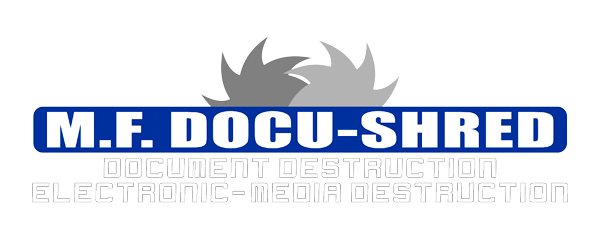
In today’s digital age, where cyber threats are ever prevalent, it’s easy to overlook the importance of protecting sensitive information in its physical form. However, paper documents continue to be a significant source of data breaches and identity theft. To combat these risks, paper shredding has become an essential practice for businesses and individuals alike. In this article, we will explore the evolution of paper shredding, from its humble beginnings to the advanced techniques used today.
1. Early Days of Paper Shredding
The practice of destroying documents to protect sensitive information dates back centuries. In ancient times, rulers and military leaders would use manual methods like tearing or burning to avoid their enemies obtaining valuable intelligence. However, it wasn’t until the invention of the paper shredder that the process became more efficient and widespread.
2. The Birth of the Paper Shredder
The first patented paper shredder was designed by Abbot Augustus Low in 1909. His invention, known as the “waste-paper receptacle and device,” was a hand-cranked machine that had rotary blades to cut paper into small pieces. Low’s primary motivation for creating the paper shredder was to help businesses eliminate waste and increase efficiency. Little did he know that his invention would play a crucial role in data protection.
3. Commercial Shredders
In the 1930s, Adolf Ehinger, a German engineer, developed the first mechanical paper shredder. Ehinger’s invention used a hand-cranked mechanism to feed paper through rotating cutting blades. This design became the basis for the modern paper shredder. As the threat of identity theft grew in the following decades, commercial shredders became a staple in businesses and government agencies.
4. Cross-Cut Shredders
As technology advanced, so did the techniques to ensure better document destruction. In the late 1980s, cross-cut shredders were introduced. These shredders used two sets of blades, cutting paper into smaller, confetti-like pieces. Cross-cut shredders provided higher security, as it became nearly impossible to reconstruct shredded documents. This innovation played a crucial role in protecting sensitive information and preventing fraud.
5. Industrial Shredders
With the rise of large-scale data breaches and the need to handle high volumes of paper documents, industrial shredders were developed. Industrial shredders are capable of handling massive amounts of paper, making them ideal for businesses that produce a significant volume of confidential documents. These shredders often include additional security features, such as in-feed conveyors and advanced automation, to streamline the process and enhance efficiency.
6. Digital Shredding
With the digitization of information and the prevalence of electronic documents, the need for secure disposal of digital data arose. Digital shredding, also known as data erasure or data wiping, became an essential practice to ensure that information stored on electronic devices is irretrievable. Digital shredding techniques employ software that overwrites the existing data, making it extremely difficult or impossible to recover the original information. This method is crucial when disposing of old computers, hard drives, or other digital storage media.
7. Mobile Shredding Services
In recent years, the demand for convenient and secure shredding services has led to the rise of mobile shredding. Mobile shredding services involve a shredding truck equipped with an industrial-grade shredder that can be dispatched to a client’s location. This on-site shredding allows individuals and businesses to witness the destruction of their documents firsthand, ensuring complete peace of mind. Mobile shredding services offer a secure, efficient, and environmentally friendly option for document disposal.
Conclusion
The evolution of paper shredding offers a fascinating glimpse into how the need for data protection has driven innovation. From the hand-cranked machines to cross-cut shredders, industrial shredders, and digital shredding, the techniques have become more sophisticated to keep pace with evolving threats. Mobile shredding services have made the process more convenient and accessible. In today’s world, paper shredding is not just a business necessity but also a critical practice for safeguarding personal and confidential information. Embracing the latest shredding technologies ensures that sensitive data remains secure, helping individuals and organizations protect their privacy and prevent identity theft.
Got questions about our paper shredding service? Let us help! Contact us today to learn more about what we can do for you!

